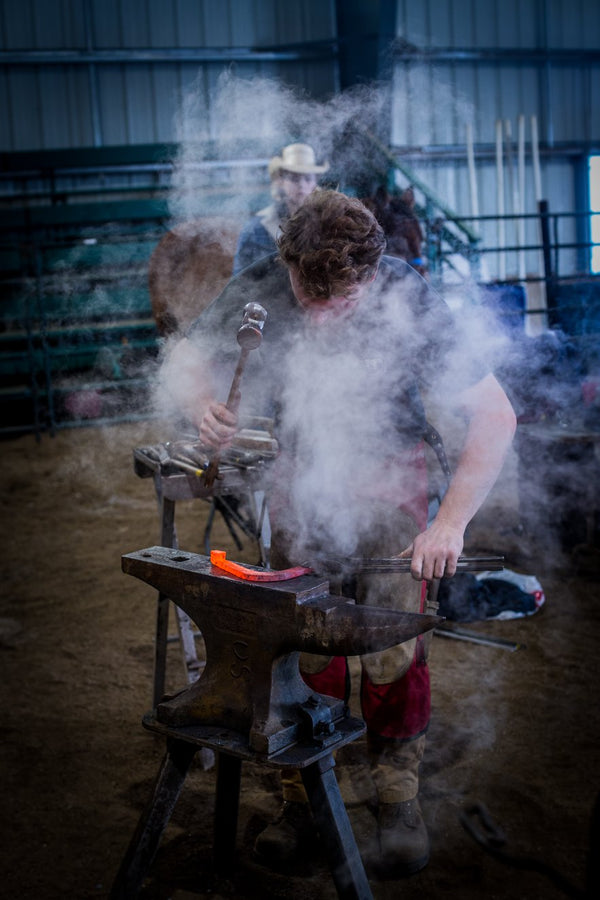These needles are mixed with Refractory Mixes to provide crack resistance and structural reinforcement. These 1" long needles are made of 304 oxidation resistant high temp Stainless Steel.
Each has a gently wavy shape for optimal castable refractory reinforcement.
Other Needle Options:
Though 406 is slightly more heat tolerant than 304, for most applications, the choice between 304 and 406 and 1" vs 3/4" is arbitrary so don't get too hung up on selecting the 'best one' unless building a very technical forge or furnace.
These RibTec 304 SS needles are stronger than the fine 304 needles, though there are twice as many fine needles per pound.
Each 304 "needle" is 1 mm x 25 mm (.020 x 1") and crimped-shaped (newer photos coming soon).
Tips:
1) These needles minimize breakout even if hairline cracks occur, giving you the option to repair them rather than having to overhaul and replace the entire structure.
2) The range of needles to use in your castable is typically from 1 to 3% by dry weight. A General guideline is as follows (adjust to suit):
a) 50 or 55 lbs = 1 lb of Needles
b) 2 gallons refractory = 1/2 lb of Needles
c) 1 gallon of refractory = 1/4 lb of Needles
d) 32 oz jar or less of refractory = 1/8 lb of Needles
3) A Thermal Expansion Key: Differences in thermal expansion are important considerations. Different expansion rates generate internal forces risking stress cracks and breakouts.
These fine short suspended needles avoid the stresses that concrete rebar anchors would cause in refractory casting. Being short, fine, and suspended without external anchors, these needles only expand microscopically within the modulus of elasticities of their environments. The result - simple yet profound elevations in structural integrity.
Other Tips:
4) Don't use more water than you need, excess water dilutes strength, BUT most castables are stronger than needed in a forge, and because castables adhere mechanically more than chemically, having them runny enough to be 'shaken' or 'tapped' (vibrated) into place helps installation.
5) Early & quick vibration helps eliminate voids but excess risks 'layering'. Tap/ Shake early while the castable is at its runniest.
6) Power mix quickly. Most insulating castables should only be mixed 2 minutes. More time increases density and weakness. Medium and dense castables' average mix time is 4-7 minutes.
7) Add needles gradually after the castable is already wetted (last half of mixing)
8) Keep castables warm (70-90°F) before adding water and until fully set and dry-out cured.
9) Dry-out cure slowly to avoid steam - slow heat dry/cure between days 2 & 30. Proceed slow enough remove water by gentle evaporation, avoiding steam which risks microscopic cracks & weakened castings.
10) WD-40 is a good release agent for most castables (spray and wipe off excess).
11) Mix as much castable as you can use quickly, and roll your structure when possible to take advantage of gravity, not fight it.
Excerpt from 107-page Research Thesis by Peterson in 2014:
"After prolonged heat and thermal shock exposure, needles help maintain the integrity and mechanical properties of samples. The study also found that corrosion due to oxidation was a major contributing factor to the way needles performed, and concluded that a concentration of 3% 406 (or 304) stainless steel reinforcing needles added to the working lining of a taconite furnace is recommended."


